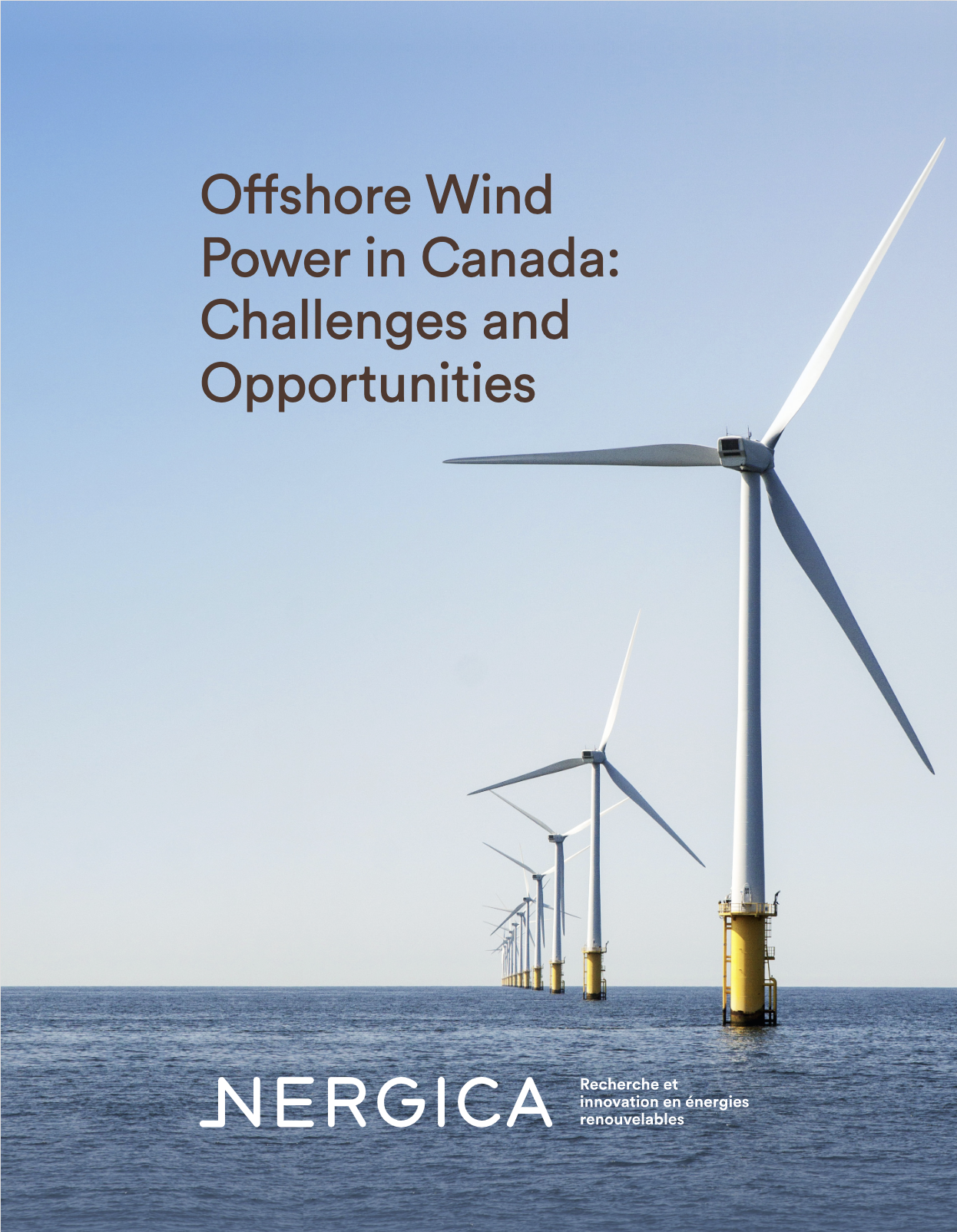Given Canada’s objective of achieving net-zero emissions by 2050, it is important to carefully explore all clean energy generation options in order meet the country’s corresponding energy needs. Indeed, in order to become carbon neutral, Canada would need to install 150 GW of wind power capacity, as compared to the current figure of just 14.3 GW. To rise to this challenge, it is therefore important to explore various options such as offshore wind, which has been adopted by a large number of countries around the globe.
At the present time, Canada does not operate any offshore wind projects, despite having substantial wind regimes along its Atlantic and Pacific coasts, not to mention the Great Lakes. Canada’s Atlantic seaboard in particular has one of the best wind potentials in the world. Additionally, Canada already boasts a robust wind industry as well as associations and an experienced labour force capable of developing offshore wind power projects.
In this paper prepared by Nergica, experts address the various aspects of offshore wind: technical, technological, regulatory, etc. They also provide a general overview of the situation in Canada.
Quick recap of the report’s recommendations:
The development of offshore wind projects in Canada must take into account a multitude of factors, notably regulatory frameworks, subsidies and financial incentives, environmental authorization and land planning, stakeholder involvement, environmental impact assessments and international collaboration. In this regard, it is notably recommended to:
- Clearly define regulatory requirements for offshore wind projects;
- Promote active collaboration between international partners of the offshore wind industry;
- Encourage and support offshore wind project development in Canada; and
- Intensify research and development.
Authors : Marc Defossez, PhD, Alexandra Gellé, PhD, Denis Lapalme, PhD, Amjad Maadeni, CEP, Ferial Amira Slim, MSc

